Inland Taipan Facts
- The somewhat informative term of Inland Taipan serves as the most often used common name for this remarkable work of evolution. The amazing reptile does have several other general titles, though. Those include western taipan, small-scaled snake, and fierce snake.
- Within scientific circles, however, it’s perhaps much better known by its purely technical moniker. Unfortunately, like many such tags, that’s an extremely difficult one for the layperson to pronounce. That’s because it holds the official epithet Oxyuranus microlepidotus.
- The unique reptile received that appellation due to the efforts of Sir Frederick McCoy. The respected Irish zoologist recorded the first formal recognition of this marvel as a separate and distinct species. He accomplished that scientifically noteworthy feat in the year 1879.
- This creature stands out in the annals of science as the most highly venomous of any known snake on the planet. Due to both the relative toxicity of its venom, and the quantity released, a single bite contains the potential to kill more than 100 fully grown human beings!
- For the moment, the amazing Inland Taipan seems to be maintaining a population base that’s both stable and sufficient. That current state also appears to hold true across its entire range. Accordingly, the IUCN presently shows it as Least Concern on its published Red List.
- The animal nevertheless still faces many threats to its continued existence as as species. In this regard, it’s dealing with the same dangers as all forms of life on earth today. Chief among these threats stand the closely related problems of habitat loss and ongoing climate change.
Related Articles
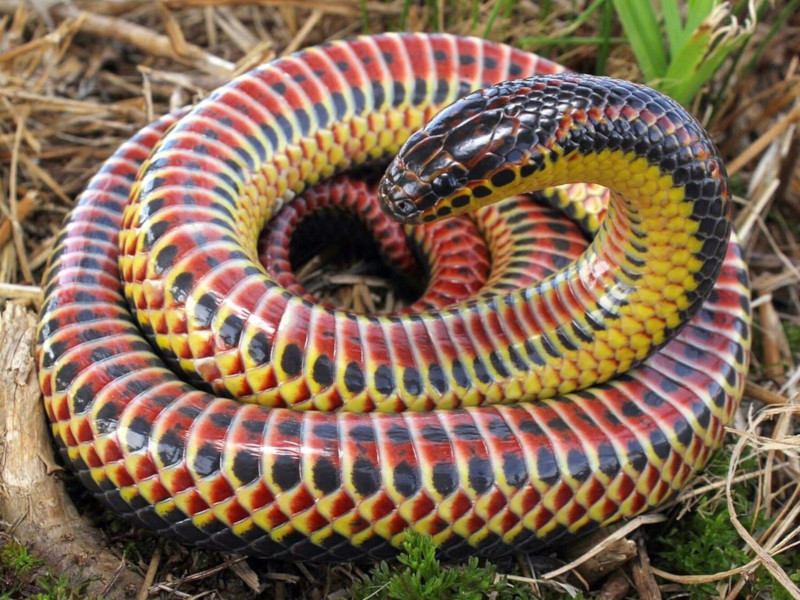
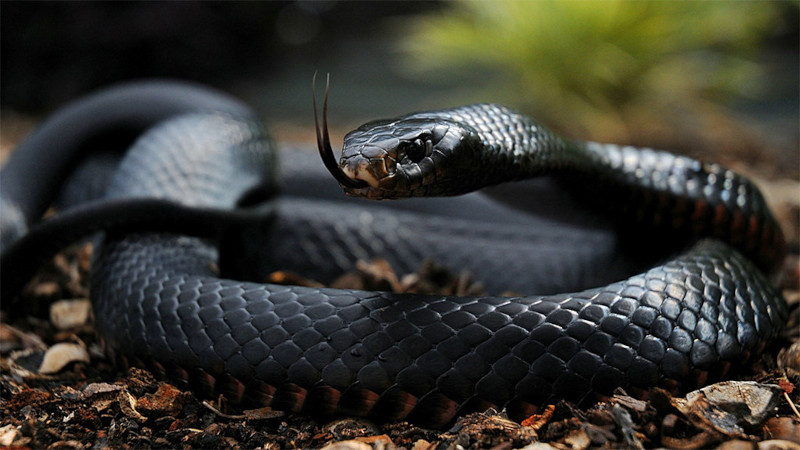
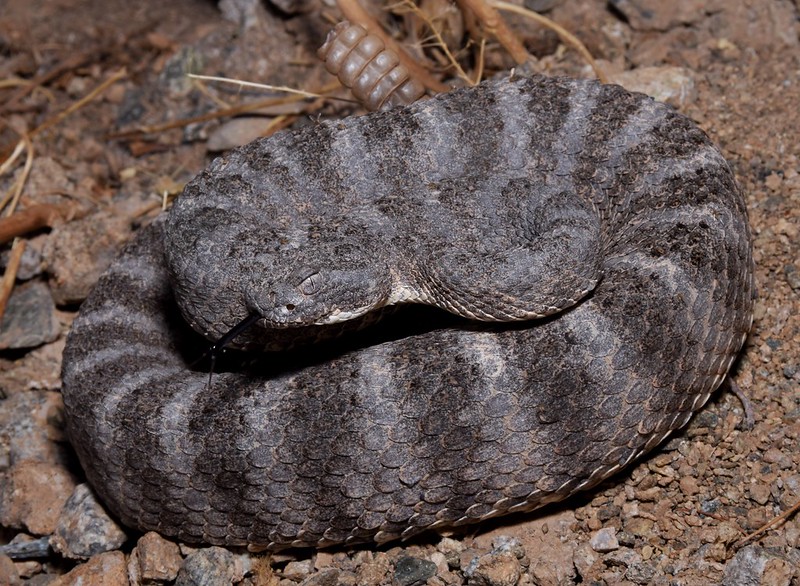
Inland Taipan Physical Description
The impressive Inland Taipan rarely fails to capture the attention of those individuals who encounter one of these marvels of Nature. Though this occurs due to various factors, of course, its sheer size often accounts for much of this amazement. It’s actually a comparatively large snake.
In this regard, it also follows a pattern common among many creatures around the world, including reptiles. That’s in the fact that it displays a certain degree of the physiological characteristic of sexual dimorphism. In its specific case, this trait manifest itself in terms of simple physical size.
The gender-based difference further occurs in two separate manners. Both of these methods, though, remain quite minor, with the overall variance being hardly noticeable to the eye. Males often grow to be slightly greater in length, and also tend to be somewhat more robust in their build.
Taken collectively, the different genders attain total lengths that average roughly between 5.9 – 8.2 ft (1.8 – 2.5 m). Exceptional specimens do occur, though, wholly regardless of sex. While extremely rare, these few examples occasionally reach lengths measuring up to as much as 8.9 ft (2.7 m).
It’s also noted for its distinctively shaped head, with this feature being somewhat slender and rectangular in design. That’s additionally usually a darker color compared to the rest of the animal’s body. The snake also has small, mostly rounded eyes that have dark pupils and golden-brown irises.
The color of the Inland Taipan varies seasonally, though certain patterns nevertheless remain. During the warmer months, it tends to be a lighter, olive-green to yellowish-brown color. Yet, in the cooler months, it typically becomes notably darker, often a dark brown to almost a black shade.
The animal’s also noted for its distinctive scales, which possess a smooth, glossy nature. The underneath scales show a lighter shade. That usually presents as a creamy or yellowish color. The tail, meanwhile, grows proportionally shorter than the rest of the body, tapering to a point.
- Kingdom: Animalia
- Phylum: Chordata
- Class: Reptilia
- Order: Squamata
- Family: Elapidae
- Genus: Oxyuranus
- Species: O. microlepidotus
Inland Taipan Distribution, Habitat, and Ecology
The fascinating Inland Taipan evolved as native to a comparatively limited portion of the surface of the earth. The precise location of that zone of habitation, however, likely won’t surprise many people. That’s true since it’s indigenous to a small portion of the continent of Australia.
Even in this setting, though, its numbers usually remain restricted to only a few regions of the landmass. In Queensland, it appears in the Channel Country, particularly around the borders with South Australia and the Northern Territory. Yet, the animal does live in several other areas as well.
In southern Australia, the marvel of evolution is found in areas extending into the northeast, particularly around the Cooper Creek basin. A few also appear within the southeastern regions bordering Queensland and south Australia. A few even live in the western parts of New South Wales.
Impressively, this remarkable creature’s evolved and adapted over time to display extraordinary tenacity in its choice of habitat. That’s because it lives in some of the most extreme and arid environments found on the continent. These areas range from highly arid to semi-arid in nature.
The snake largely prefers two types of plains, those being black soil plains and gibber plains. The former ecosystem’s typically characterized by cracking clay soils. The cracks and crevices in the soil provide excellent hiding spots and protection from predators and extreme weather alike.
The latter, however, offers an array of different options. These areas contain a covering of pebbles and stones, known as gibbers. These features provide it with both camouflage and shelter. The soils here are also generally harder and less prone to cracking compared to black soil plains.
Its habitats also typically contain several distinctive types of vegetation. Mitchell grass ranks high among these local floral varieties. That’s a type of tussock grass that dominates many black soil plains. Hardy shrubs, called saltbush also dominate, along with scattered otherss and small trees.
The infamous Inland Taipan primarily feeds on a wide variety of smaller mammals. Most frequently, this consists of locally prevalent native rats and mice species. It also hunts, and quite effectively, as an ambush predator, concealing itself until its prey comes within easy striking distance.
Despite its environment, it remains typically diurnal in its behavioral patterns. During periods of extreme heat, however, it does sometimes become crepuscular. It spends much of its time in burrows or deep soil cracks, which provide protection from predators and extreme temperatures.
This wonder of Nature generally breeds between the months of August to October. Females lay a clutch of 10-20 eggs in concealed locations such as burrows or under debris. Intriguingly, the incubation period also depends on the ambient temperature, but usually lasts around 2 months.
Species Sharing Its Range
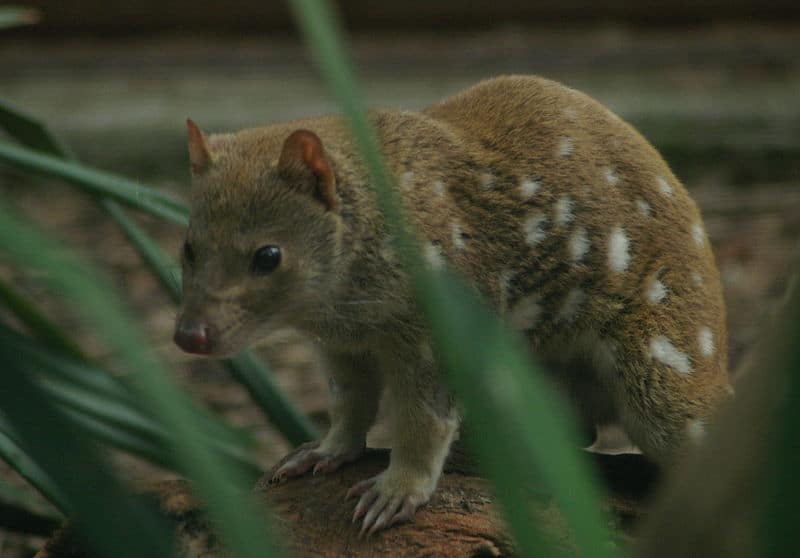
Tiger Quoll
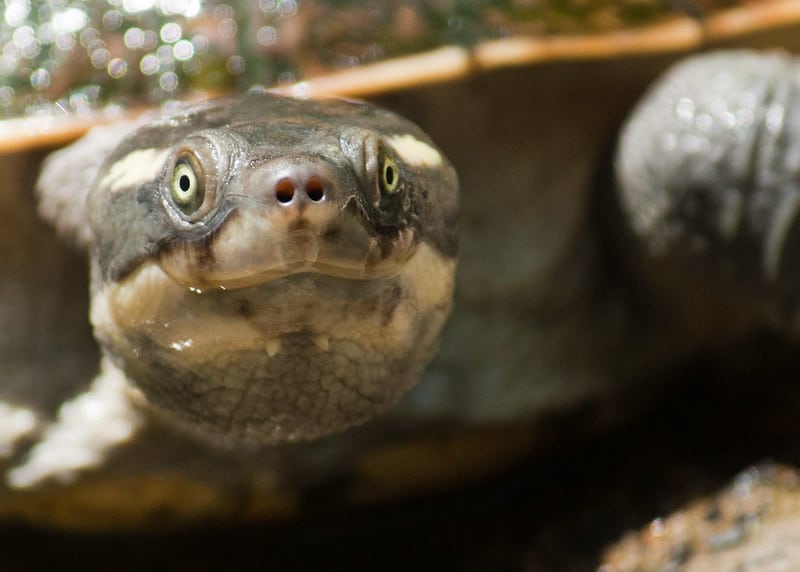
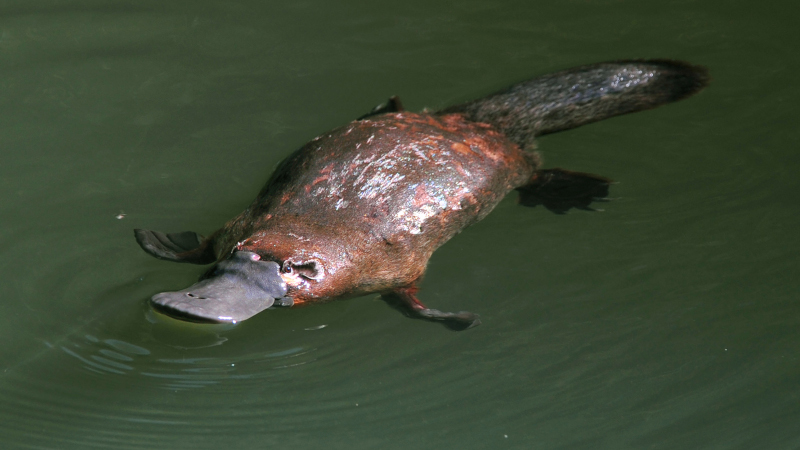
Check out our other articles on 7 Stunning Atlantic Ocean Sharks, Japanese Dwarf Flying Squirrel, Čepkeliai Marsh, Common Water Hyacinth, Arrow-shaped micrathena, Jewelled Gecko

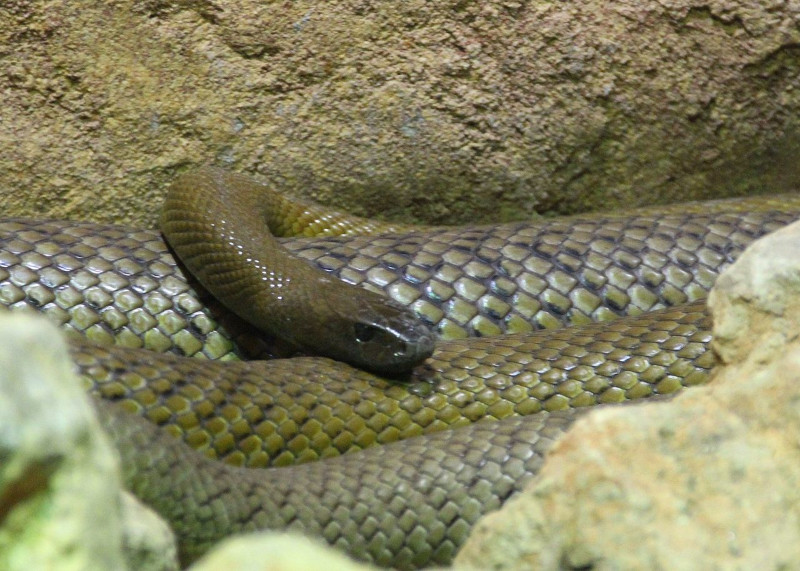
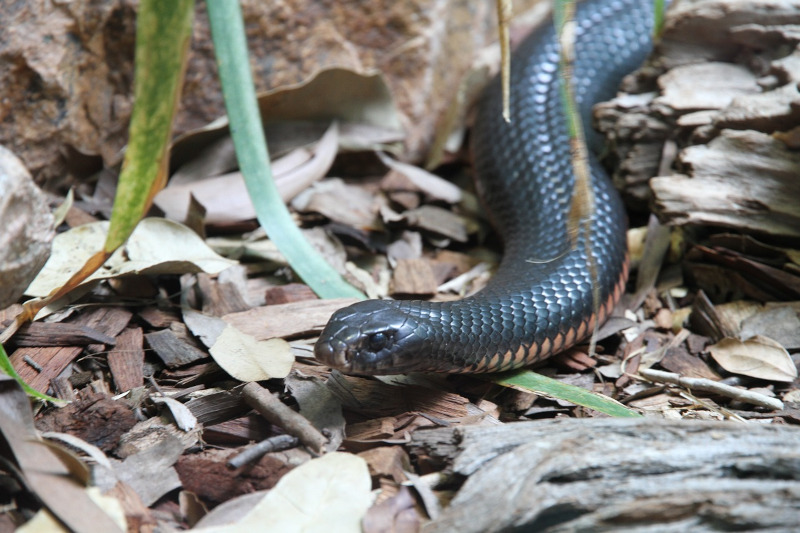









Leave a Reply